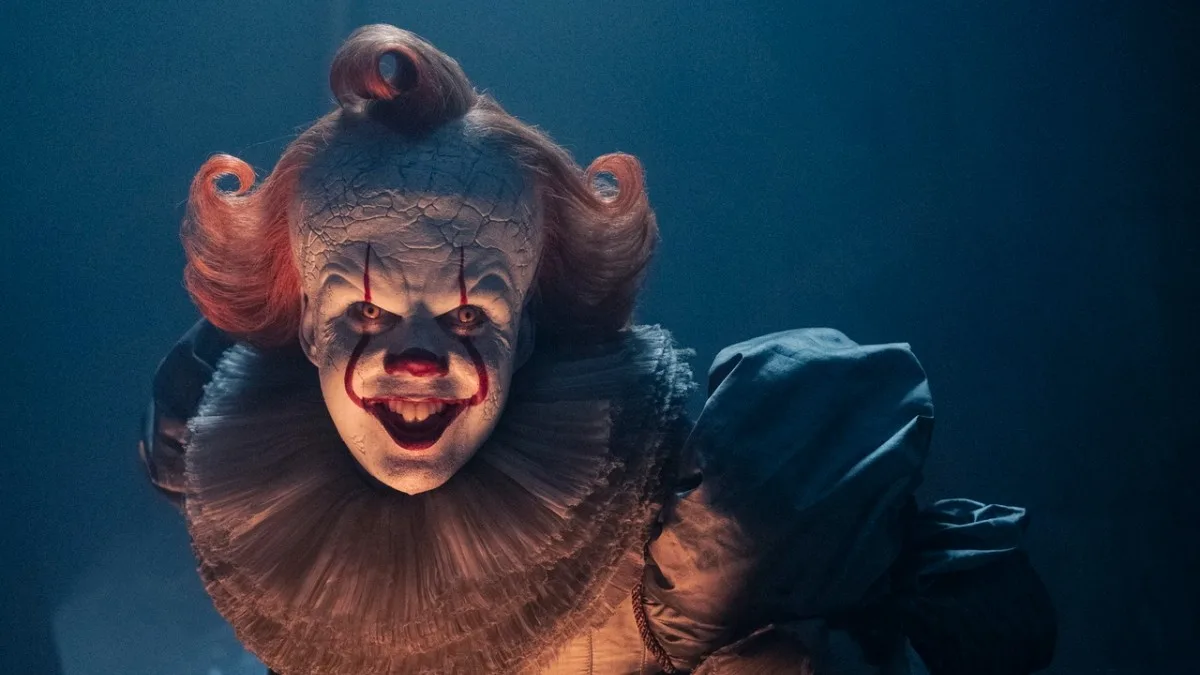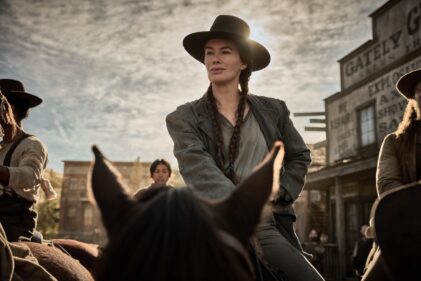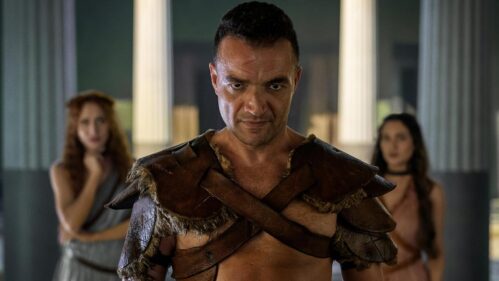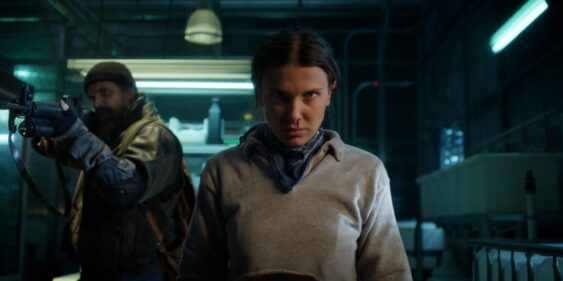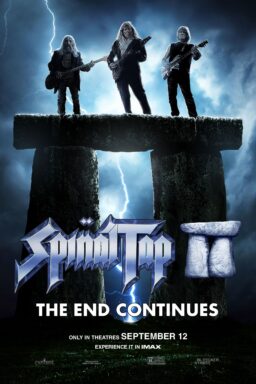It’s funny to think about how much television owes to Stephen King. High-profile adaptations of literary hits like “The Stand,” “The Outsider,” and “The Institute” are one thing, but the “Stephen King Expanded Universe” (SKEU) could be expanded to include shows inspired by the masterful storyteller as well. Hits like “From,” “Midnight Mass,” and especially the very IT-inspired “Stranger Things” have been doing their variations on the King Thing for years, casting a large shadow over the first stretch of “IT: Welcome to Derry,” a show whose atmosphere, pacing, and characters pale in comparison to those examples.
The team behind the massively successful theatrical adaptations of “IT”—Andy Muschietti, Barbara Muschietti, and Jason Fuchs—creatively drives “Welcome to Derry.” But it’s a show that’s too often stuck in first gear, only coming to life in its big, surreal set pieces and lacking almost everywhere else. It also suffers from that common plague of the streaming era: It takes forever to get where it’s obviously going, content to circle the same sewer grates while viewers wait to get to the good stuff.
“IT: Welcome to Derry” unfolds in 1962, primarily following two interconnecting narrative threads linked by the Hanlon family. If that name is familiar, it’s because Mike Hanlon is a key member of the Losers Club, the protagonists of the book and hit movie, played by Chosen Jacobs and Isaiah Mustafa in the films. Hanlon’s father Will (Blake Cameron James) was a child in 1962, having just moved to Derry with his mother Charlotte (Taylour Paige) and father Leroy (Jovan Adepo). Dad has taken a job as a military pilot for a secret operation on the outskirts of Derry led by General Shaw (James Remar). That thread includes another familiar name in Dick Hallorann (Chris Chalk), the character most known from “The Shining” as the guy who teaches Danny how to use his very special powers. The powers that be are employing those abilities in a way that relates to the interdimensional being who most often manifests itself as a murderous clown.
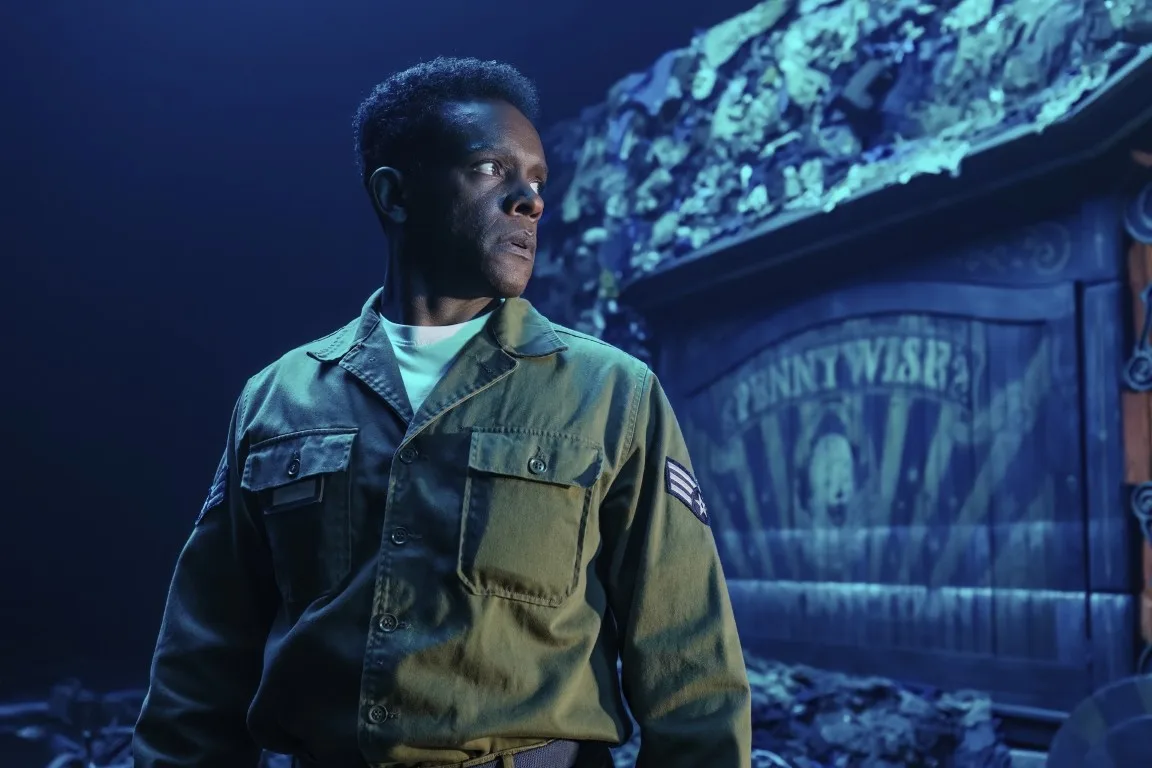
Meanwhile, across town, a new version of the Losers Club is forming, led chiefly by Lilly (an effective Clara Stack). Reeling from the traumatic death of her father, she’s empathetic in ways that her often bullying and obnoxious classmates are frequently not, which makes her more curious about the unusual disappearance of a local kid. When that incident is followed by actual child deaths, the whole town starts to take note—but it’s Millie and her buddies, including Will Hanlon, who put the pieces together, following the horrific breadcrumbs to Pennywise (Bill Skarsgård).
Other characters play on the periphery, including those played effectively by Madeleine Stowe, Kimberly Guerrero, and Peter Outerbridge. The core of the show tracks how a military operation and a group of outsiders are connected by a force that’s been ripping the planet apart every generation for centuries.
“IT: Welcome to Derry” clearly wants to be a show about the darkness under the pristine surface of beautiful ‘60s suburbia. Whether it’s the supernatural force in the woods or the racism that the Hanlons face both in town and on the base, things are not what they seem in Derry. It recalls the driving aesthetic of “Twin Peaks,” a show that also imagined powerful, impossible forces at play under naturally beautiful landscapes.
Still, Muschietti and his team seem almost resolutely unwilling to play with dread, tension, or atmosphere. Too much of “Welcome to Derry” exists on the surface with characters saying what they need, what they feel, and what they’re going to do next at every turn. The characters are almost defiantly shallow, pawns moved across a chess board as they are forced toward the grip of the Crimson King. There are glimpses of strong character work from Paige, Adepo, and Stack, but they’re too often victims of the shallow writing. The most interesting performance by far comes from Chalk, who imbues Hallorann with a sense of doomed responsibility. His work here, especially in the fifth episode, is easily the best thing about the show.
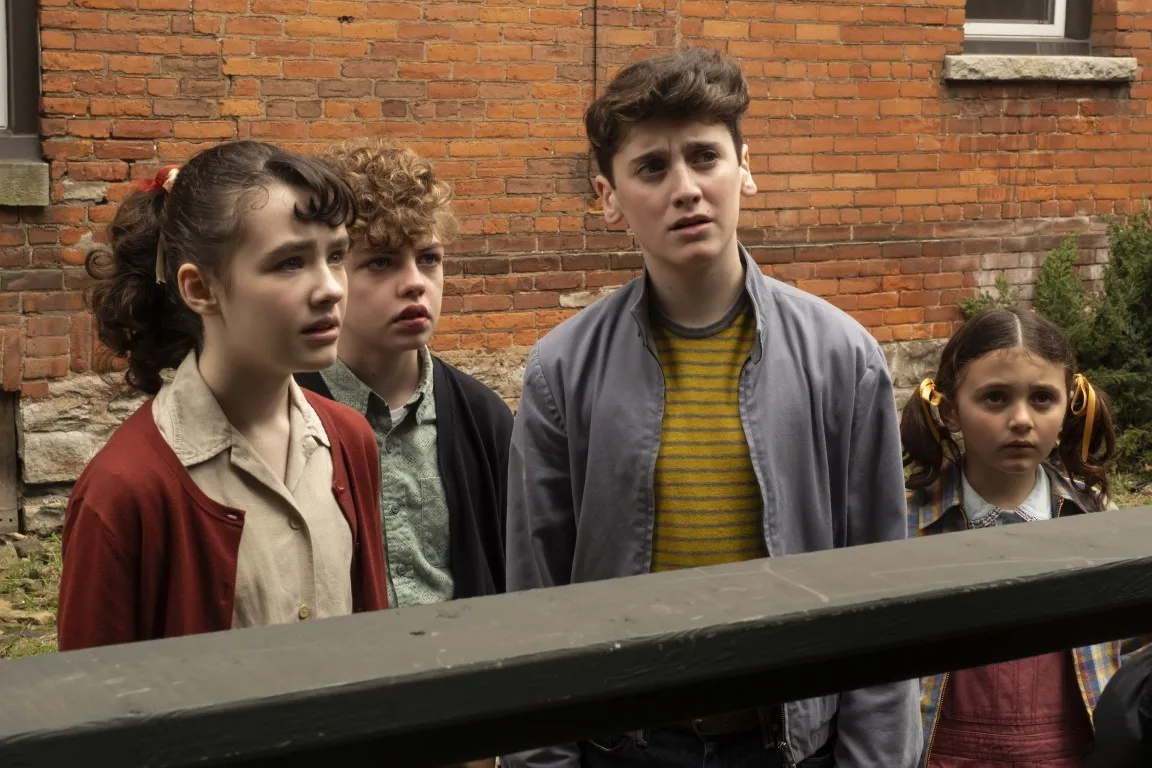
Some of the big scare set pieces work too in a way that feels almost manufactured for virality. Whether it’s a movie theater, grocery store, or, of course, the sewers, “Welcome to Derry” gets a lot of mileage out of turning mundane settings into pure nightmare fuel. But it’s hard not to imagine those bursts of horror greatness in a feature film or even two that doesn’t stretch out the material in between past its breaking point. As is so often the case lately, it feels like the writers crafted a movie script and then figured out where to stretch it to meet an episode order.
Of course, it’s critically unfair to compare a new show to a program like “Twin Peaks,” but the truth is, pop culture has been living in its own Derry for decades now, as creators have grown up on King’s work enough to make their own visions inspired by it. Sure, “IT: Welcome to Derry” may have names like Hallorann and Pennywise to draw in the King faithful. But this vision of Derry too often feels like one of those Hollywood backlots: all the facades look right, but there’s nothing behind them.
Five episodes screened for review. Premieres Sunday, October 26, on HBO and HBO Max.

